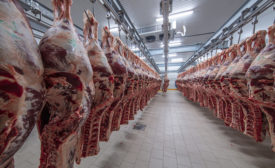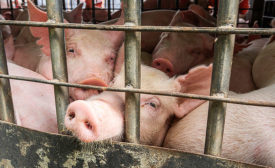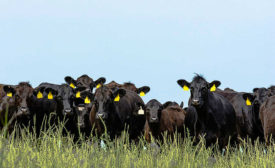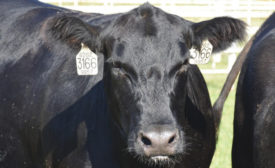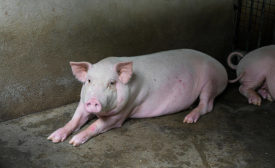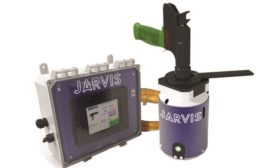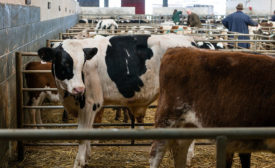Home » Keywords: » stunning
Items Tagged with 'stunning'
ARTICLES
Tech | Processing
Committing to improved slaughter standards
Companies — and consumers — are paying more attention to humane slaughter methods.
Read More
Processing Tech
De-stressing slaughter
Low-stress handling is key to humane slaughter and stunning practices.
Read More
Processing Tech
Humane innovation in the slaughter process
Increased automation and new stunning technology is creating a more humane slaughter process.
Read More
Processing Tech
Fine-tuning stunning, slaughter
Processors continue to search for better stunning methods and slaughter equipment.
Read More
Get our new eMagazine delivered to your inbox every month.
Stay in the know with The National Provisioner's comprehensive coverage of the meat and poultry processing industry.
SUBSCRIBE TODAY!Copyright ©2024. All Rights Reserved BNP Media.
Design, CMS, Hosting & Web Development :: ePublishing
